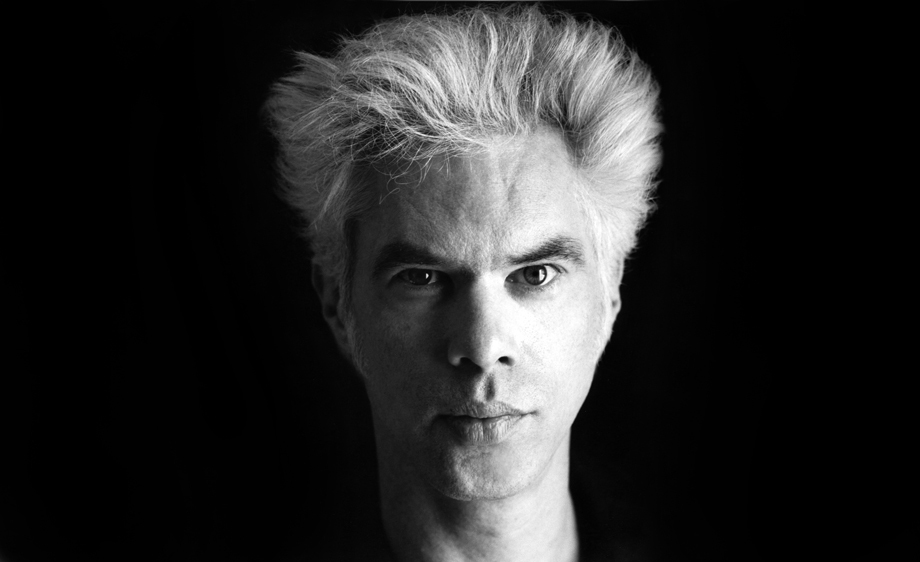
The aspect that makes Jim Jarmusch’s filmmaking method special is the fact that these cinematic experiences clearly mirror a personal mode of narration, and above that they are perfect testimonies of a personal world. His taste in choosing his subjects, narrative ambience, and the similar storylines testify to the fact that Jarmusch’s cinema is visually and narratively different from today’s American cinema.
The elements mentioned below are narrative specifications that are repeated in each of Jarmusch’s films. Undoubtedly there is something in common between Jarmusch’s cinema and, as an example, Hal Hartley’s cinema, as they both use a certain sense of humor in the overall treatment of dramatic situations.
The element you may find similar to Tarantino’s mode of confronting narrative situations is that they both use long conversation scenes, though their approach in treating those scenes is utterly stylistic and different, again something to note in Tarantino’s cinema.
What follows in this article are elements that repetitively show in Jarmusch’s films, and they can be considered narrative elements that make all these different storylines somehow similar and recognizable in their author’s approach in narrating a story. As always, if you think you can add to this list, don’t hesitate to suggestion recommendations.
1. Isolation, abandoned cities
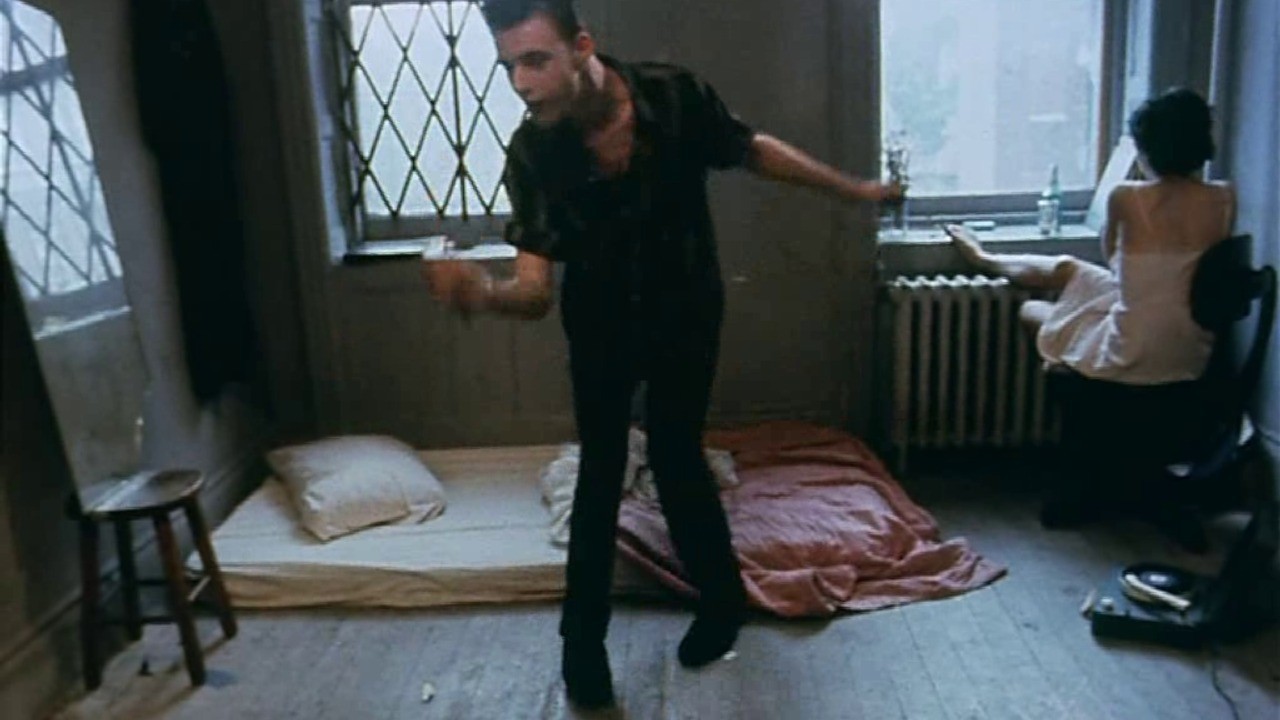
In “Only Lovers Left Alive” (2013), the cities chosen as main locations are Detroit and Tangier in Morocco; both are currently deserted urban spaces. There are long scenes of Adam (Tom Hiddleston) giving nightly tours to Eve (Tilda Swinton) through Detroit; he shows her the old magnificent theater hall that has turned into a parking lot, an abandoned urban space where coyotes are roaming.
The justification of choosing a city like Detroit as the main narrative space in this film is the fact that the protagonist is a vampire (a pacifist one), and prefers to keep his distance from the chaos of big cities. He desires his privacy and solitude. In “Dead Man” (1995), William Blake (Johnny Depp) finds himself at the end of the train’s path, in company town of machine only because he needs to find a job as an accountant.
It’s not his will to stay there, since he’s refused to get the job. The character finds himself in an abandoned location by coincidence while Adam is there, because if there is a current perfect location in today’s world for a modern vampire, Detroit as any other abandoned city is the one.
Jarmusch’s first feature film “Permanent Vacation” (1980) starts with the image of a crowded New York street (the sound is a subjective, isolated sound and it’s not recorded onstage and the movements are slow), cut successively to an abandoned New York alley where no one is passing.
This mode of cutting two differently attended ambient scenes is repeated a couple of times until the protagonist shows up, and of course he is noted easily and wordlessly because he is the only one roaming in the deserted alleys of the city.
2. Loners as protagonists
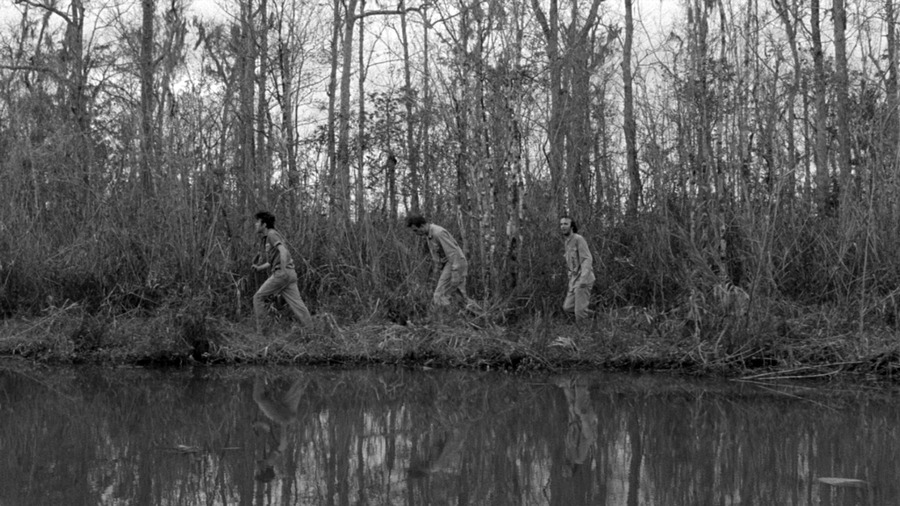
Jarmusch’s chosen protagonists willingly stand outside of any social definition. William Blake in “Dead Man” is a loner apart from any belonging; he’s on the verge of starting a relationship, but becomes rapidly suppressed from the girl’s jealous fiancé.
The protagonist of “Ghost Dog” (1999) doesn’t have any family, it’s his choice to live as a loner and following “the way of the samurai”. The same can be said about Don Johnston (Bill Murray), the protagonist of “Broken Flowers” (2005); he has chosen to have a family and prefers to be left alone. The main protagonists of “Only Lovers Left Alive”, though they are a married couple, live separately in two different countries.
In “Night on Earth “(1991), “Coffee and Cigarettes” (2003), “Down by Law” (1986) and “Mystery Train” (1989), the characters are all out of the social context, and the storylines form in taxis, prisons, streets and a new unknown city. They dwell in hotel rooms and locations that are not generally considered permanent residences; the character is placed in that setting temporarily and only during the time gap in which the story is happening.
In “Helsinki”, the drunk man is left alone outside of his own house, in “Ghost Dog” rather than remaining inside, he spends his time on the roof with his pigeons and the only character who sees the inside of his own private space (often invaded by his neighbor who just walks in and out) seems to be uncomfortable in his own home as in any other house that he visits. It seems that Jarmusch’s style is simply avoiding personal spaces.
3. Drive into the scene/subjectivity
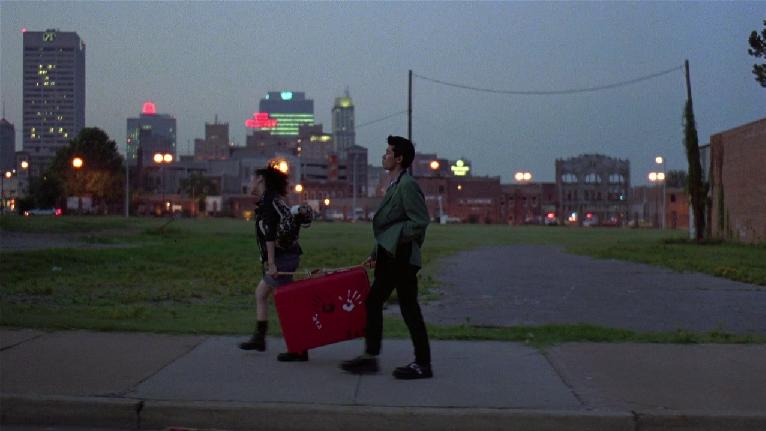
This is a scene that is repeated in all of Jarmusch’s works. The character is literally driven into the narrative setting; in “Dead Man” and “Mystery Train” by a train, in “Broken Flowers”, “Ghost Dog” and “Down by Law”, for a notable amount of time the characters are in a car, while in “Night on Earth” the entire narrative takes place inside the car while moving through the space.
Using scenes inside a transport medium, aside from the fact that it reflects the filmmaker’s tendency to isolate the character from its surroundings, is a mode of mirroring Jarmusch’s subjective approach towards the story he’s narrating, specifically because most of the scenes in the car in Jarmusch’s films are accompanied by music and POV shots.
4. Referring to literature
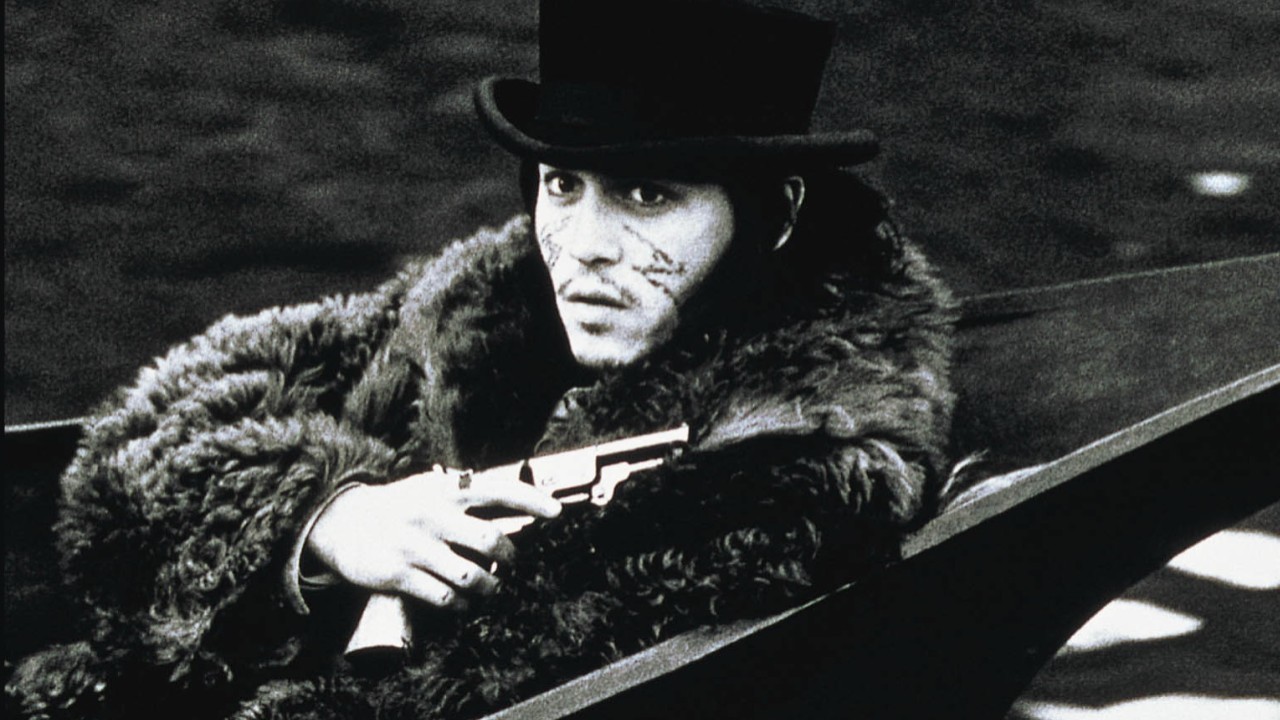
William Blake in “Dead Man”, though he claims constantly to be a different Blake, transforms to a version of the famous poet over the course of the film; a William Blake who writes his poetry wordlessly, with his gun.
In “Ghost Dog”, though there is no direct reference to a famous poet or writer, the character’s mode of life and philosophy can be considered as a literal approach, through constant voiceovers that read about the way of samurai in confronting life.
Christopher Marlowe has lived for ages in “Only Lovers Left Alive”. Eve, while packing her baggage to travel, collects books, and Don’s neighbor, Winston (Jeffrey Wright) loves mystery novels and imports every single dramatized rule from this genre of literature, forcing it into the storyline.
Even if the main characters are not directly involved in creating a work of literature or a literal concept, long monologues and direct references to famous people lives and their citations are always involved in Jarmusch’s stories. We can dare say that what Jarmusch is trying to do is bringing in already known characters, situations and stereotypes to construct his narration on the basis with which the audience is familiar, and then gradually modifying them to represent his own interpretive representation.
5. Sense of humor
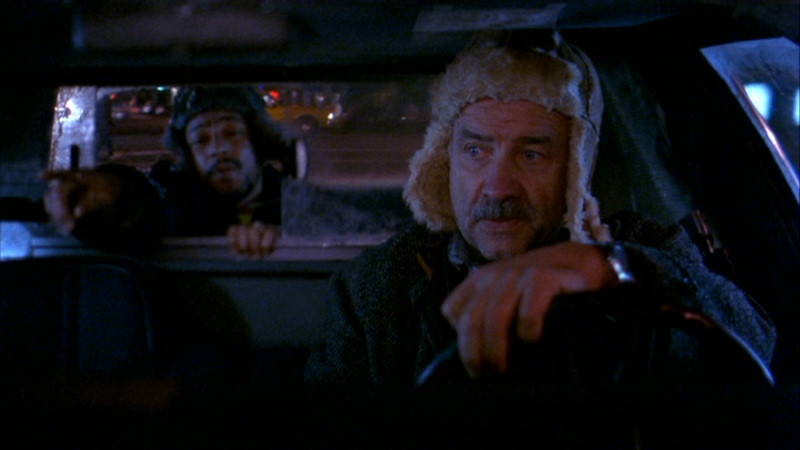
More than anything else, creating a humorous situation in Jarmusch’s narratives is conceptually utilizing the contrast between characters, and the contrast between the character and his or her surrounding environment. A clown from East Germany who works as a taxi driver in New York, confronting a Native American who believes in the spiritual life with an accountant, or a passive former informatic who is forced by his enthusiastic neighbor into drama.
Vampires creatively try blood ice creams and Japanese admirers of Elvis Presley come all way to Colorado to see the natal town of their favorite musicians. “Coffee and Cigarettes” is maybe the most significant out example of creating humorous situations through simply confronting the characters and their contrasts.